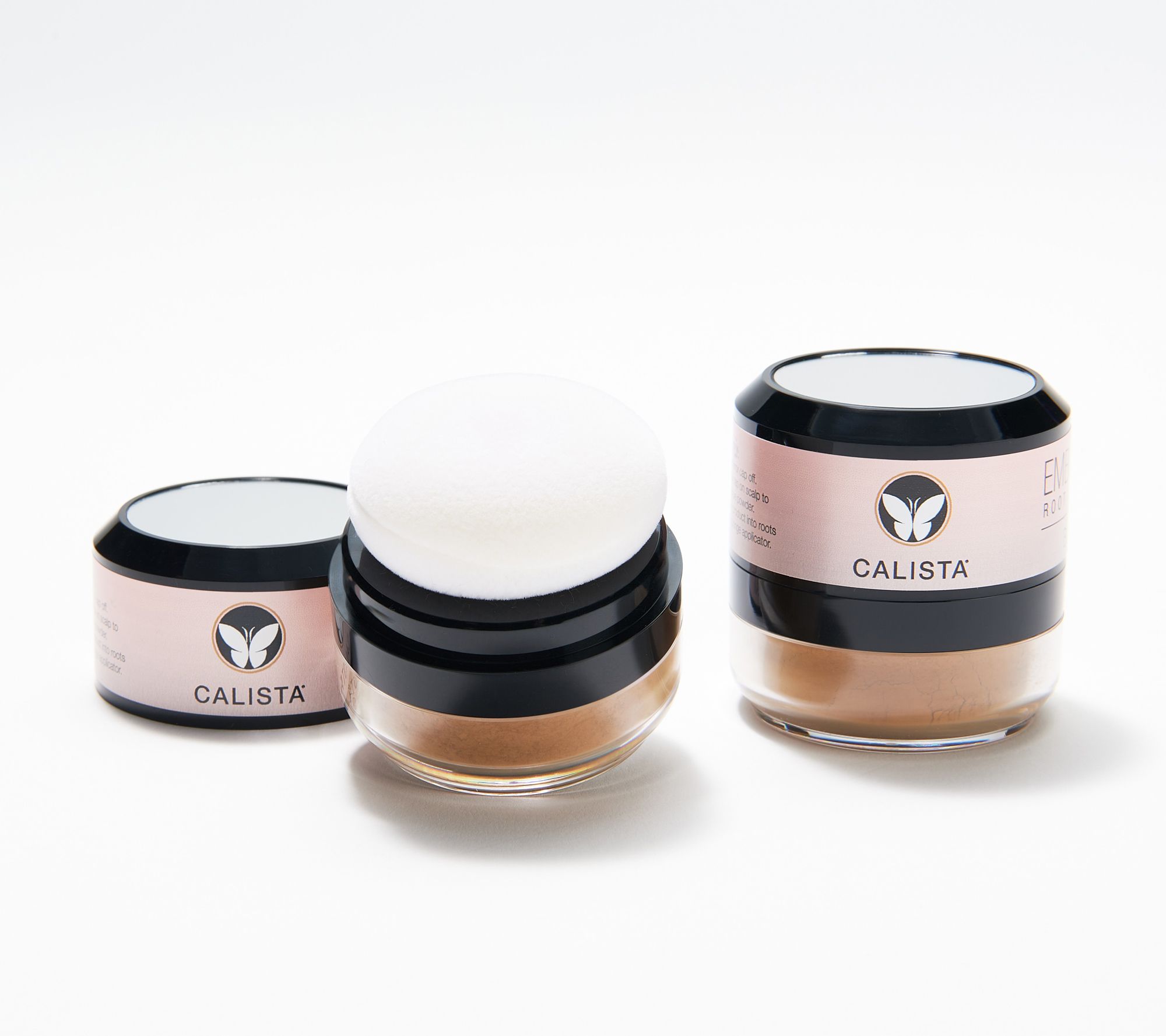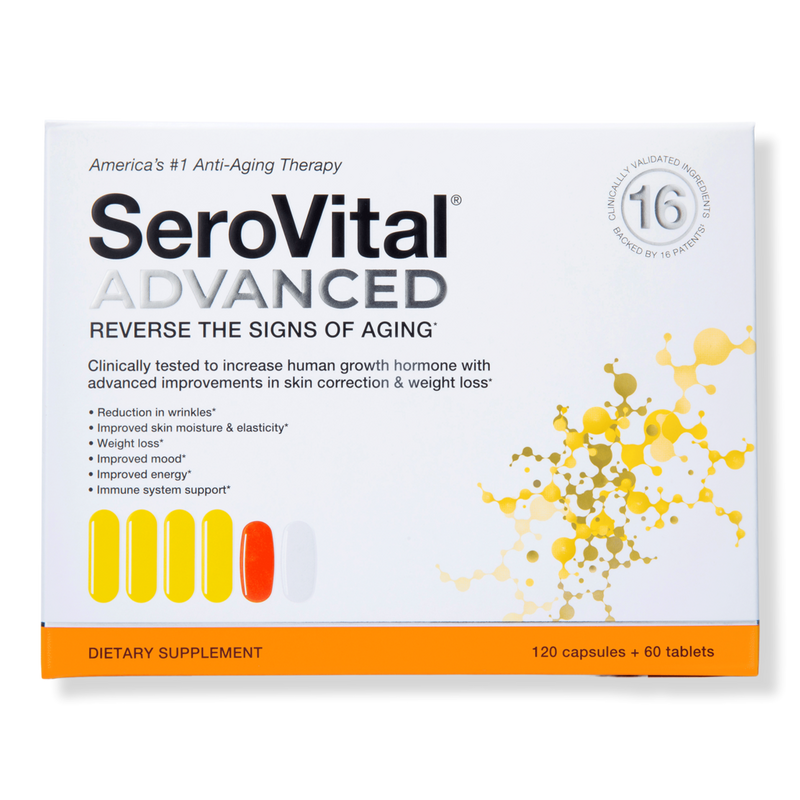Kiehl’s Since 1851 Creamy Eye Treatment with Avocado, Size 0.9 Oz
A hydrating eye cream that delivers a pop of energy for tired, fatigued eyes. Formulated with avocado oil, beta-carotene and sodium and copper PCA, this brightening eye cream immediately improves the look and feel of undereye texture and dry fine lines through all day hydration. The treatment helps provide all-day hydration and undereye texture. It is a water-in-oil formula that provides instant and long-term hydration. The unique formula does not migrate into eyes.
A hydrating eye cream that delivers a pop of energy for tired, fatigued eyes.Who it’s for: Ideal for all skin types.
What it does: Formulated with avocado oil, beta-carotene and sodium and copper PCA, this brightening eye cream immediately improves the look and feel of undereye texture and dry fine lines through all day hydration. The treatment helps provide all-day hydration and undereye texture. It is a water-in-oil formula that provides instant and long-term hydration. The unique formula does not migrate into eyes.Research results:
In a 4-week consumer perception study on 50 participants:
– Skin smoothness was improved by 25%
– 90% of participants agreed eye area looked smoother
How to use: Gently tap this formula along your orbital bone without pulling skin.
- 0.95 oz. size has $64 Value
- Paraben-free; fragrance-free; silicone-free; mineral oil-free; synthetic dye-free
- Ophthalmologist tested; dermatologist tested
- Made in the USA
- This product meets Nordstrom Responsible Manufacturing criteria: product is produced in a factory using 100% renewable energy or with 100% of emissions offset
- Item #177723
Ingredients
Aqua/Water, Butyrospermum Parkii Butter/Shea Butter, Butylene Glycol, Tridecyl Stearate, Peg-30 Dipolyhydroxystearate, Isodecyl Salicylate, Tridecyl Trimellitate, Persea Gratissima Oil/Avocado Oil, Isocetyl Stearoyl Stearate, Propylene Glycol, Dipentaerythrityl Hexacaprylate/Hexacaprate, Sorbitan Sesquioleate, Magnesium Sulfate, Hydrogenated Castor Oil, Sodium Pca, Phenoxyethanol, Chlorphenesin, Hydrogenated Jojoba Oil, P-Anisic Acid, Tocopheryl Acetate, Isopropyl Palmitate, Disodium Edta, Copper Pca, Helianthus Annuus Seed Oil/Sunflower Seed Oil, Ci 40800/Beta-Carotene, Citric Acid.
Ingredients are subject to change at the manufacturer’s discretion. For the most complete and up-to-date list of ingredients, refer to the product packaging






by Debbie
I certainly don’t need to add on to the five star reviews for this eye cream that has been a staple of mine for years. It truly is THE best eye cream out there and you will never have a reaction to it. It NEVER bothers my eyes like most products and moisturizes the undereye area immediately. Can’t live without. A couple of times it went watery towards the end and that was disappointing, however, I believe they have reformulated it so that it will not separate anymore…we shall see.
by Sonya
My eyes are very sensitive and most products cause headache when I user over my eyelids. I did not have this issue with this product. Also, it help for fine lines and puffiness.
by Granny
I have dry/sensitive skin and also allergies to dust and pet hair – if I rub my eyes too much then I find that I damage the skin barrier around my eyes and they quickly get very sore and the skin is inflamed and flaky. This is the ONLY product that soothes the skin and repairs the barrier quickly. I will never go without it now. Yes the texture is thick but this is the beauty of it, I warm it up between my fingers and then apply it before I go to bed.
by Melissa
This eye cream is lovely. Makes my under eyes so hydrated. It is prefect for winter months as it is a bit heavy textured. Due to how thick is the product you need to warm it in your fingers first. I have had this eye cream in my routine for years. Then I stopped to tried different ones but I always go back to Kiehls Avocado Eye cream.
by Molly
Nice, thick, and creamy hydration. Helps my eye makeup stay in place and just feels good.